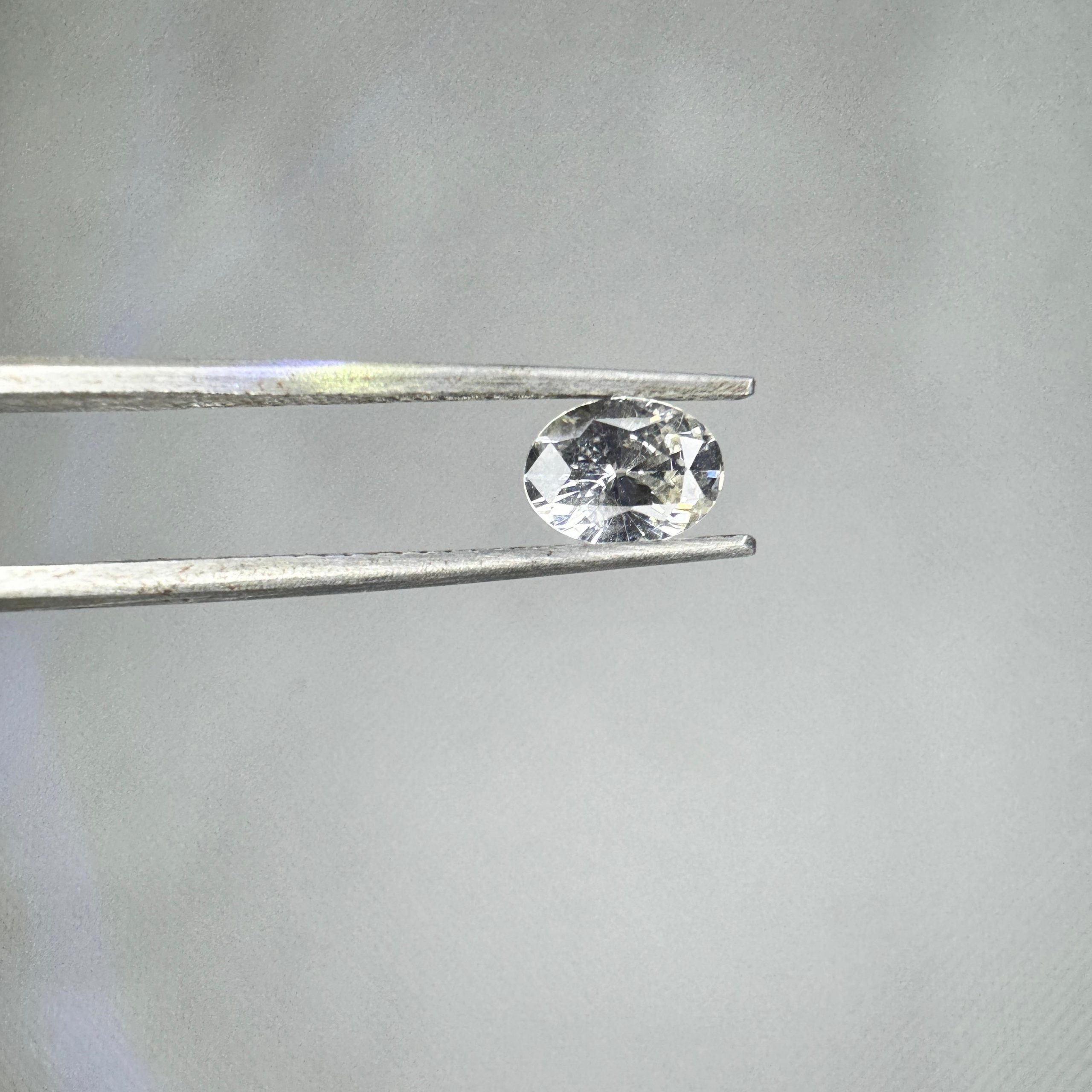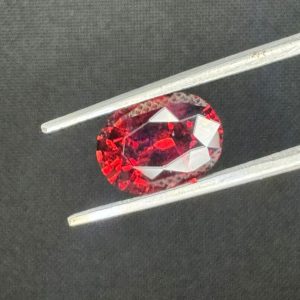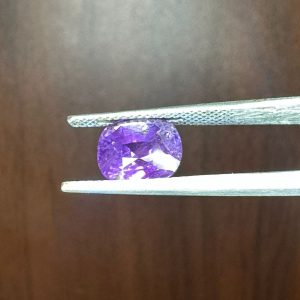Ceylon Natural White Sapphire
රු50,000.00
– Nature: Natural Sapphire
– Color: White
– Weight: 1.45ct
– Treatment: – Heated
– Clarity: 90% Loupe Clean
– Certificate Available: Can be provide on request
– Contact: +94 777 07 21 31
📍 Location: Colombo, Sri Lanka
Bank Deposit Delivery Available.
Sri Lankan rupee (රු) - LKR
Overview
- Type: Precious gemstone
- Chemical Composition: Aluminum oxide (Al₂O₃) without any significant impurities, which gives it its colorless appearance.
- Color: Typically clear to near colorless, but can also have slight hues that are less desirable.
Characteristics
- Hardness: 9 on the Mohs scale, making it highly durable and suitable for everyday wear.
- Clarity: Generally, white sapphires have good clarity; fewer inclusions lead to higher value.
- Cut: Common cuts include round, oval, and cushion, designed to maximize brilliance and sparkle.
Sources
- Major Locations: Found in countries such as Sri Lanka, Myanmar, and Madagascar.
- Origin Impact: While origin matters, clarity and cut often play a larger role in determining value.
Value Factors
- Color: The most valuable white sapphires are those that are completely colorless and have high clarity.
- Clarity: Stones with minimal inclusions are more sought after.
- Carat Weight: Larger stones are rarer and tend to be more valuable.
Treatments
- Heat Treatment: Some white sapphires may be heat-treated to improve clarity and appearance, though many are left untreated.
- Lattice Diffusion: Less common, but some may undergo treatments that can affect their value.
Cultural Significance
- Symbolism: Often associated with purity, wisdom, and integrity. It’s considered a symbol of clarity and mental focus.
- Uses in Jewelry: Gaining popularity as an alternative to diamonds in engagement rings and other fine jewelry.
Care and Maintenance
- Cleaning: Clean with warm, soapy water and a soft cloth; avoid harsh chemicals and ultrasonic cleaners.
- Storage: Store separately from other gemstones to avoid scratches.











Reviews
There are no reviews yet.